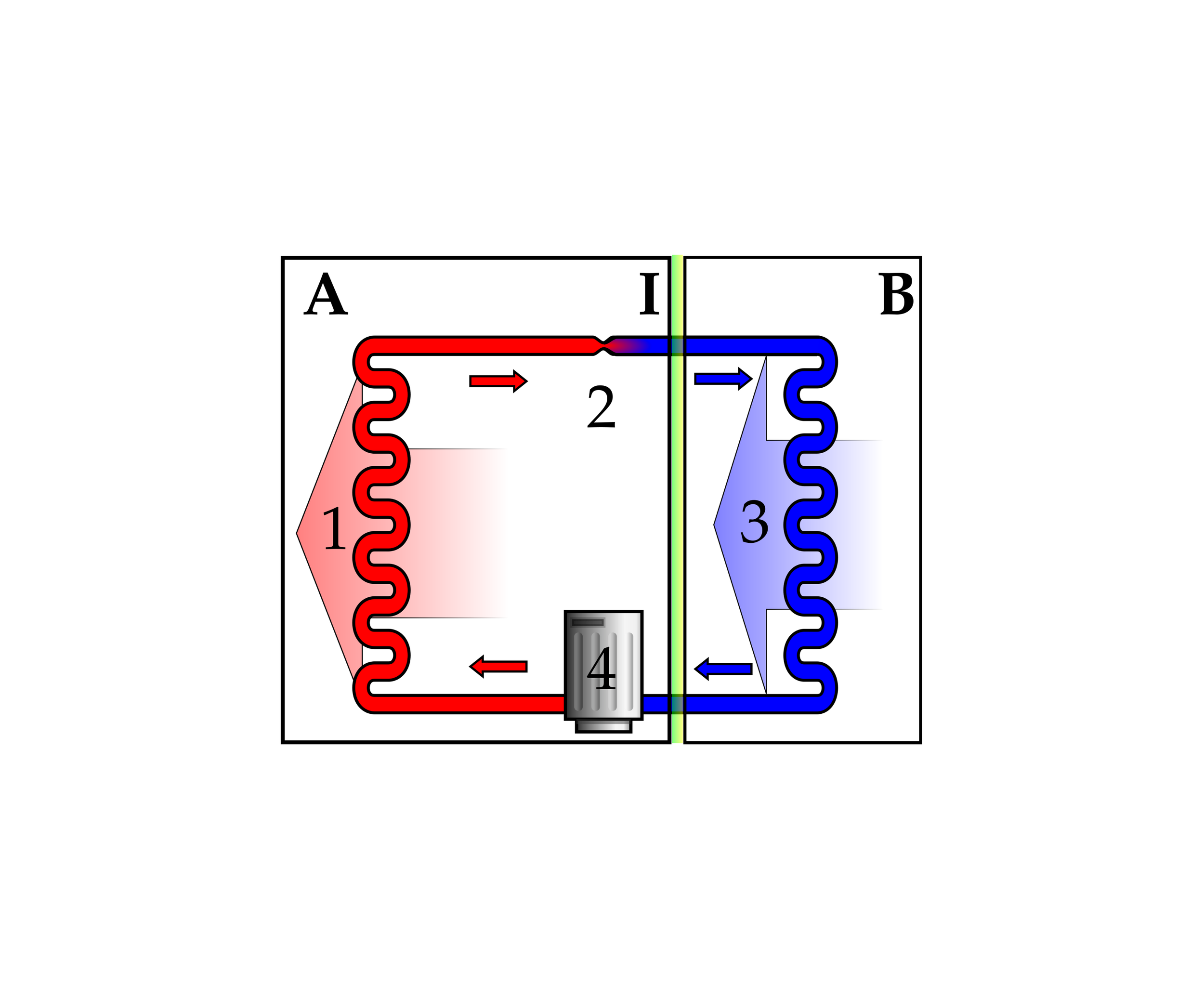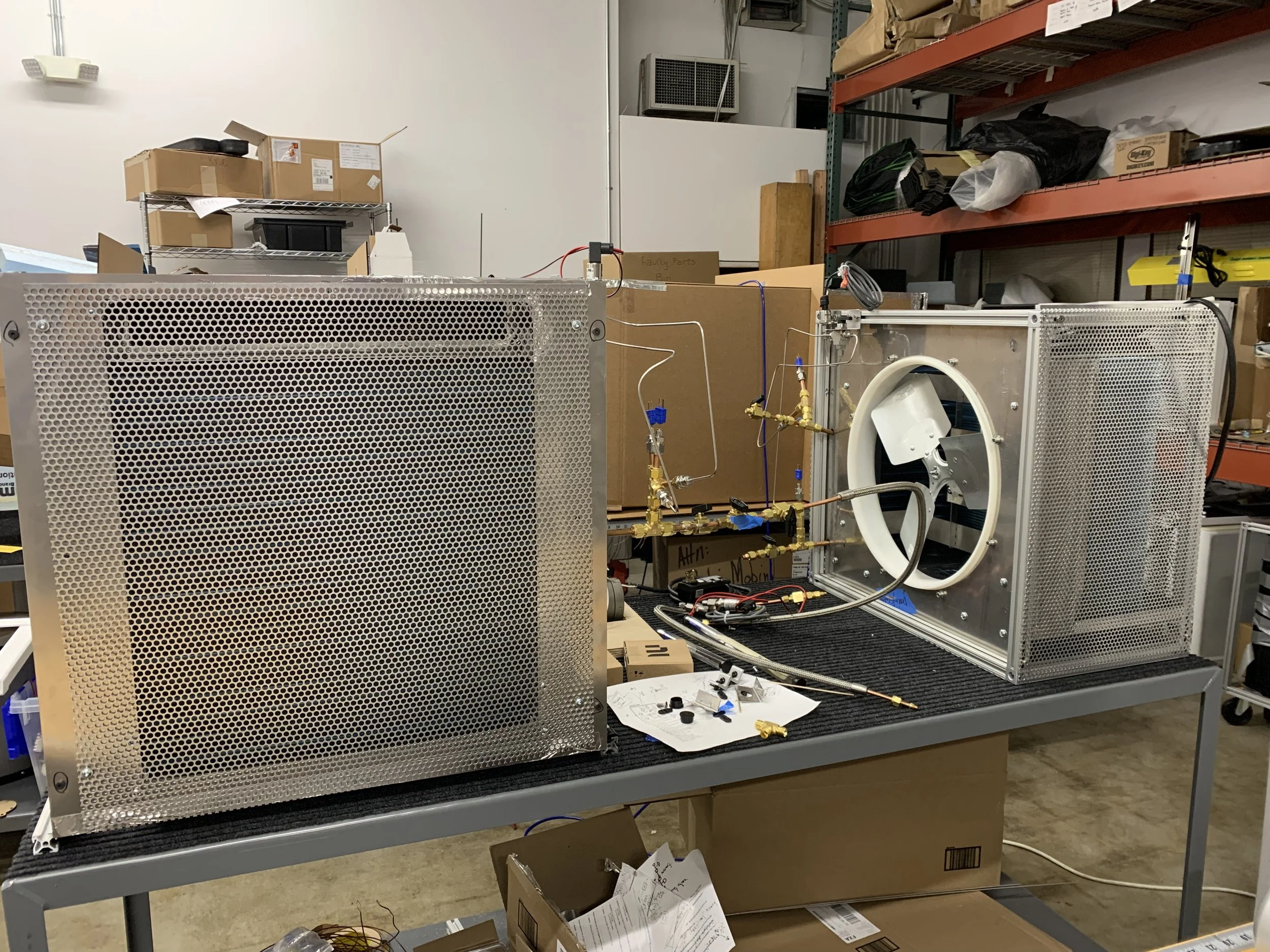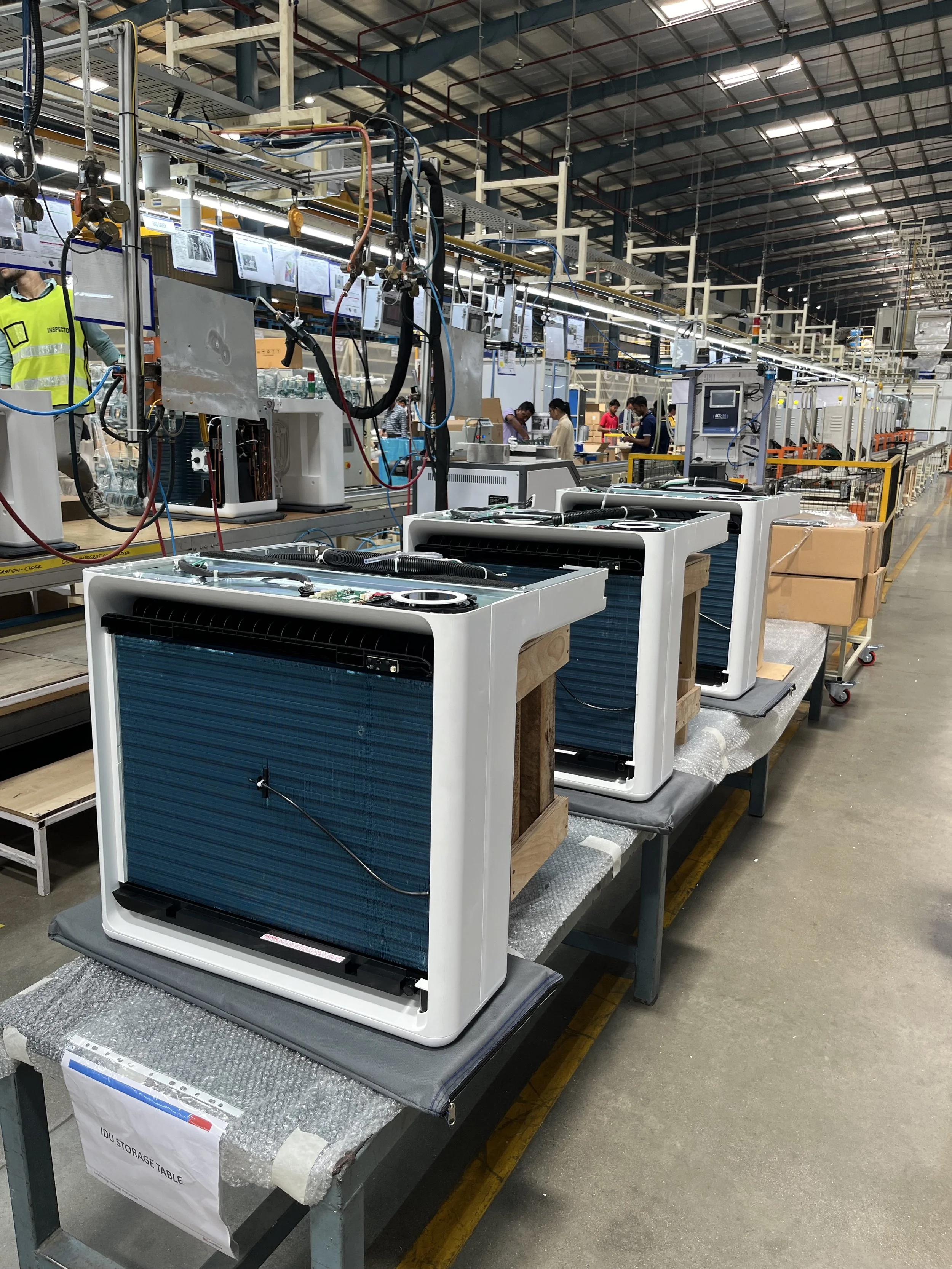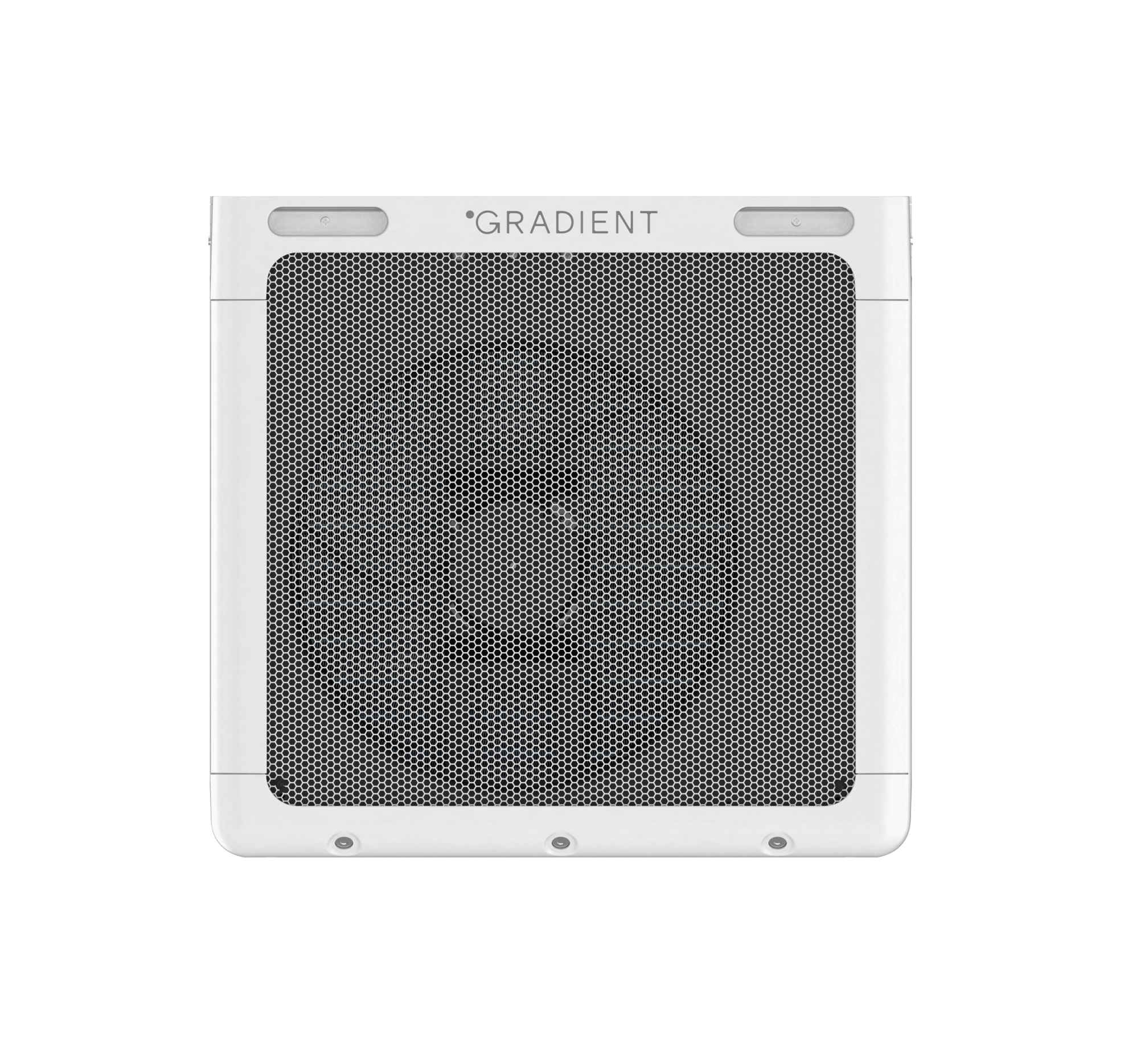
Gradient All-Weather 120V™ Window Heat Pump
Heat pumps are the optimal heating and cooling solution due to their superior efficiency compared to fossil fuel systems and their ability to run on electricity, supporting the transition to cleaner energy sources.
Problem
Although not a new technology, heat pump adoption has been hindered by high installation costs, requiring HVAC experts and structural modifications, especially in older buildings.
Gradient sought to create a hermetically sealed heat pump solution that could be installed in double hung windows, without the need for skilled technicians, and could operate at below freezing temperatures.
Installation Prototype
Thermal Prototype
Early Development
Ultimately, the technical challenge of this product was less about the function of the heat pump and more about how the installation mechanism operated and integrated into the system. As the first engineer on the project I was given the task of defining this mechanism and developing the early system layout.
To tackle these challenges, I developed two diverging development platforms: one for the testing of the mechanism and installation, and one for the system layout and early thermal test bed.
Installation
The main takeaways of the early development cycle were a validation of the installation process, a developed install mechanism, and a general layout of the system.
Design
The detailed design of the product required three rounds of prototyping. Prototypes 1 and 2 reflected the definition of the product subsystems, implementation of the industrial design, and a refinement of the install mechanism. It also involved an influx of more people on the product, both from mechanical and other disciplines. During this time, my ownership shifted to the Indoor Unit.
The third prototype focused on a significant cost down effort that consolidated and simplified many parts, reduced the number and type of fastener, eliminated OEM components, and combined subsystems.
The design of the Indoor Unit, which I led, constituted the development of 16 unique plastic parts, 6 sheet metal parts, die cut and expanded foams, management of 5 subsystems, and the development of a custom UI.
Manufacturing
Moving towards EVT saw engagement with our plastics and sheet metal suppliers in China, further refinement of our subsystems and assembly processes, and starting involvement of our CM in India
Production
Gradient began shipping units in January 2025 and are now being used to reduce heating costs and fossil fuel emissions throughout the US.











